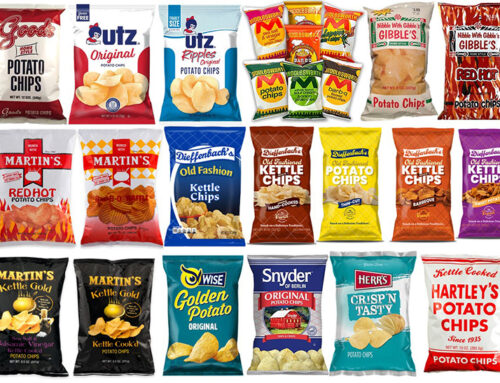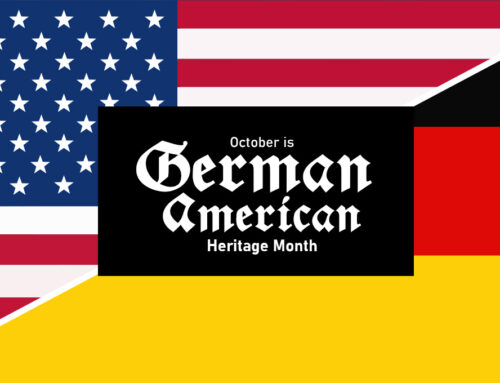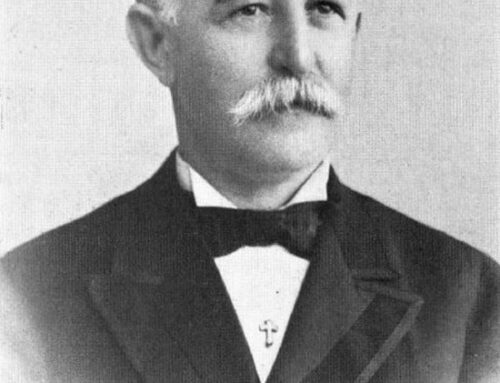George Romanta Kinney founded the shoe company, G.R. Kinney & Co., Inc. in 1894 in Waverly, New York. His story is one of a man with a vision who faced difficult obstacles and triumphed. He persevered and invested his time and energy into a vision. That vision was realized when his company became the largest footwear chain in America and later, the Great American Shoe Store, Kinney Shoe Corporation.

George Romanta Kinney was born at Candor, New York, June 5, 1866, a son of Jeremiah S. and Mary Louise (Woodford) Kinney. George Kinney’s father ran a general store in Candor, a country town in upstate New York. Having provided merchandise on credit to local farmers and townspeople once too often, Jeremiah Kinney fell into debt. Upon his untimely death, his son, George, then nine years old, vowed that he would pay off his father’s bankruptcy debts as soon as he finished school. At the age of 17 in 1883, George left his widowed mother and his sister behind in Candor and went to work in Binghamton, New York, for Stone, Goff and Company, a large manufacturer and wholesaler of boots and shoes. Business was ‘dull,’ he wrote his family in 1885, and in that year he moved to the Lestershire Boot and Shoe Manufacturing Company, then the largest footwear manufacturer in upstate New York. During his ten years as a clerk at the ‘Lester Shoe Company,’ as it was commonly known, Kinney acquired a thorough knowledge of the shoe business, helped support his family back in Candor, and paid off his father’s debts.
In 1894, at the age of 28, he had saved enough to purchase a Lester retail outlet in Waverly, New York. Lester Shoe of Binghamton, New York was the predecessor to the Endicott Johnson Corporation. Kinney succeeded by selling affordably priced shoes to working Americans. Kinney invested his savings into stocking it with merchandise that he could sell to working Americans at reasonable prices. Bypassing jobbers and independent wholesale distributors, Kinney bought footwear in large quantities directly from factories and sold them at the lowest possible prices, but for cash only. Mindful of his father’s policy of extending credit to customers, which became disastrous, Kinney generally held to the motto, “Shoes on the Shelf or Money in the Till.”
George Kinney had a reputation for superb customer service and the best footwear prices anywhere. Kinney was the head buyer, purchasing shoes from manufacturers for 80 cents a pair and discouraging his managers from selling them for more than 98 cents. The stores operated on month-to-month leases and were quickly closed if they were unprofitable. Clerks were paid poorly but were rewarded with profit sharing in the form of bonuses. With his high volume and low-priced shoes, the G. R. Kinney company grew into the largest footwear chain in America.
Over the next four years, Kinney opened five more stores in Corning, New York; Wilkes-Barre, Pennsylvania; Binghamton, New York; Ithaca, New York; and Reading, Pennsylvania. The names of these early stores which included “Economy Shoe Store” in Wilkes-Barre, the “Boston Shoe Store” in Reading, and the “People’s Shoe Store” in Ithaca, indicate that he may have purchased locations from failed merchants, as he had done in Waverly.
The Boston Shoe Store located at 329 Penn Street, Reading, PA was later renamed Boston Shoe Market. G. R. Kinney Co. had another store at 715 Penn Street under the name of the Lester Shoe Store.

Below: 300 block of Penn Street, North Side, about 1940.

By 1914 the number of Kinney stores had grown to 40, with total sales of $3 million. By the end of 1916 George Kinney had built the largest footwear chain in America, with 56 stores stretching as far west as Illinois. The following year a closely held company called G. R. Kinney Co., Inc., was incorporated in New York, replacing the former combination of partnerships. It was at this time that the Lester Shoe Store located at 715 Penn Street was renamed.

Below: 700 block of Penn Street, North Side, about 1933, showing former location of Kinney Shoe Store at 715 Penn Street.

In 1919, the G. R. Kinney Shoe Store at 715 Penn Street moved to 422 Penn Street.

Below: 400 block of Penn Street, South Side, 1970s, showing location of Kinney Shoe Store at 422 Penn Street.

G.R. Kinney Corp. closed its shoe store at 422 Penn Street in 1981. The demise of the Kinney store at 422 Penn Street was one of several retail losses for downtown Reading.
The corporation continued to operate shoe stores in the area in the Berkshire Mall, Wyomissing; the Fairgrounds Square Mall and at 2350 N. 5th St., Muhlenberg Township.
Below: Kinney Shoes at 2350 N. 5th Street Highway. Empire Beauty School occupies the site today.


Below: Berkshire Mall Map – 1970s.

Kinney, who owned the largest number of shares in the new enterprise, died in 1919 and was succeeded as president by an old friend and long-time associate, Edwin Krom. By that year there were more than 60 stores with combined annual sales of almost $14 million.
During the 1920s the Kinney company began manufacturing shoes, and this helped to expand the company further. Stores began to pop up everywhere, numbering over 300 by the end of the decade.
In the 1950s brought Kinney Shoes to the suburbs. Stores opened in strip malls and suburban shopping centers and catered to families. At this point, Kinney was one of the largest retailers in the country, but the company was short capital and was looking for a merger. An attempt was made to merge with Brown shoe company of St Louis, but the merger was rejected in 1962 due to monopoly laws, which was decided by the Supreme Court, Brown was then ordered to sell Kinney.
In 1963 Woolworths bought the shoe company for $39 million and renamed it the Kinney shoe Corporation.
Kinney continued growing and adding divisions through the 1960s and 70s. Foot Locker was a sports division That was added in 1974. By 1980 there were 2,115 stores in operation. However, sales and profits were shrinking. As Woolworths began to lose traction, so too did Kinney.
On September 16, 1998, Woolworth announced they were closing Kinney Shoes, but would keep the Foot Locker brand. So in a sense, Kinney Shoes lives on in Foot Locker.
W. Woolworth Company (“Woolworth’s”), which changed its name to Foot Locker in 2001, as many of its freestanding stores were Kinney Shoes and Woolworth’s locations. The company operates the eponymous “Foot Locker” chain of athletic footwear retail outlets (along with “Kids Foot Locker” and “Lady Foot Locker” stores), and other athletic-based divisions including Champs Sports, Footaction USA, House of Hoops, and Eastbay/Footlocker.com, which owns the rights to Final-Score. The company is also famous for its employees’ uniforms at its flagship Foot Locker chain, resembling those of referees.
According to the company’s filings with the SEC, as of January 2017, Foot Locker, Inc. had 3,363 primarily mall-based stores in the United States, Canada, Europe, and Asia. Nearly 70% of its products are from Nike.







Leave A Comment